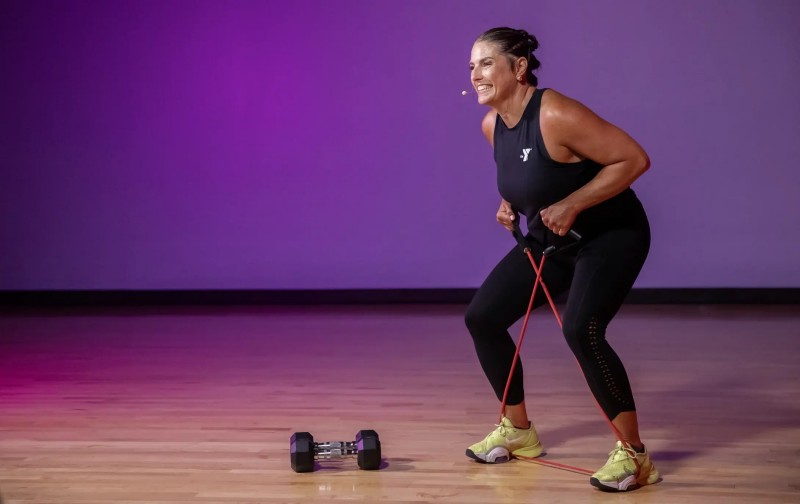When it comes to fitness, the saying “more is better” may not always apply. Overtraining prevention is an essential aspect of any effective workout regimen, yet it’s often overlooked. It’s a topic worth exploring, especially for those interested in wellness, beauty, health, or weight management.
Overtraining occurs when the body is pushed beyond its limits without adequate rest and recovery. This imbalance can lead to various side effects, including decreased athletic performance, increased injury risk, and even negative impacts on mental health. Hence, understanding how to prevent overtraining can be the key to maintaining a healthy, balanced lifestyle.
A 2023 study published in the Journal of Exercise Physiology highlights the critical role of balance in training routines. The research suggests that a well-structured regimen containing adequate rest periods can significantly reduce the risk of overtraining. But how can you ensure you’re not pushing your body too hard?
Firstly, it’s crucial to listen to your body. Keep an eye out for signs of overtraining, which include persistent fatigue, decreased performance, increased resting heart rate, and insomnia. If you’re experiencing these symptoms, it might be time to reassess your workout routine.
Secondly, recovery should be part of your training plan. This can include active recovery days, where light exercises like walking or yoga are performed, or complete rest days. Remember, rest is just as important as the workout itself for muscle growth and overall health.
Thirdly, proper nutrition cannot be overstated. A balanced diet not only fuels your workouts but also aids in recovery. Consuming adequate protein, carbohydrates, and healthy fats can help repair muscles and replenish energy stores. A 2024 study from the Journal of Nutritional Health found that athletes who integrated a balanced diet into their regimen experienced less fatigue and better performance.
Lastly, consider incorporating cross-training into your routine. By varying your workouts, you can avoid overusing certain muscle groups and reduce the risk of injury. For instance, if you’re a runner, you might include swimming or cycling in your routine to work different muscle groups.
Overtraining prevention is not just about avoiding negative outcomes—it’s about promoting a healthier, more balanced approach to fitness. By listening to your body, prioritizing rest and recovery, maintaining a balanced diet, and integrating cross-training, you can optimize your fitness regimen for better health and wellness.
Remember, your journey to fitness is unique and individual. What works for one person may not work for another. Therefore, it’s essential to find a balance that suits your needs and lifestyle. After all, the goal of fitness should not only be about looking good but also feeling good—both physically and mentally.












 : eval()'d code(1) : eval()'d code(1) : eval()'d code(1) : eval()'d code</b> on line <b>2</b><br />
https://mindbodyfuell.com/wp-content/themes/baobao/default.jpg)
